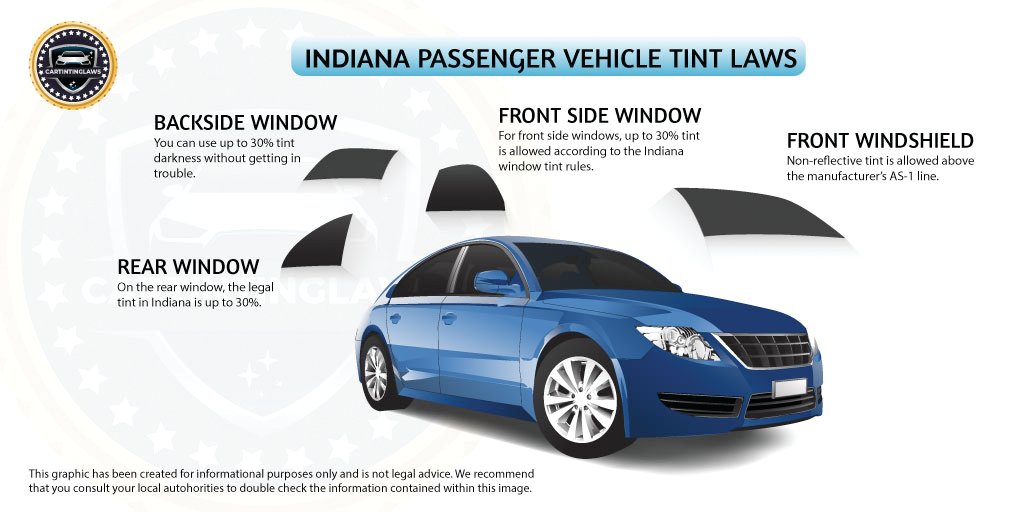
In an effort to make roadways safer, local police officers have increased traffic stops as well as enforcement of Indiana’s window tint and hands-free laws.
Crawfordsville Police have noticed an increase in the number of vehicles with the entire windshield tinted and are making a concentrated effort to enforce Indiana’s window tint law. The law states windows must allow more than 30% of light in.
“Window tint was rare and a novelty 10-15 years ago, but now it’s more prevelant, especially in the past year,” Crawfordsville Sgt. Jeff Line said. “We’ve been giving warnings, giving everyone a chance to fix the error, and it’s not working. The window tint phenomeom has really increased.”
Crawfordsville Patrolman Cade Mills would prefer to educate the public about the law rather than write a ticket. However, a lot of violators have receieved repeated warnings, and now a fine of $171 could soon follow.
Indiana IC Code 9-19-19-4 states that tint may not extend below the “AS1” line. This can be found on the outside edge(s) of most windshield. The law in part states: A person may not drive a motor vehicle that has a windshield, side wing, side window that is part of a front door or rear back window that is covered by or treated with sunscreening material or is tinted with material that has a total solar reflectance of visible light of more than 25% as measured on the nonfilm side and light transmittance of less than 30% in the visible light range.
Any treatment allowed for a windshield may be applied only to the uppermost part of the windshield and extend no further than the AS-1 line.
Indiana law also references windshields being in compliance with federal regulation 49 CFR 571.205. The purpose of this regulation states it is “to reduce injuries resulting from impact to glazing surfaces, to ensure a necessary degree of transparency in motor vehicle windows for driver visibility, and to minimize the possibility of occupants being thrown through the vehicle windows in collisions.”
Line said many people may be tinting windows to avoid other criminal activity, like violating the hands-free law, which went into effect last year.
“There’s a notable danger to having window tint on your vehicle,” Line said.
Line pointed to a Harvard University study that found tinted windows reduced luminance; extended eye recovery time; reduced visual acuity; reduced depth perception; and did not reduce glare.
He also added that drivers with tinted windows who are involved in a crash may open the door for civil suits.
“There are websites for law firms soliciting people who have been in an accident where the other driver had a tinted windshield,” Line said.
Both Mills and Line stressed it is the responsibility of the car’s owner to make sure the vehicle is in compliance with state law, even if the vehicle was purchased with the tint already applied.
“It seems to me that if you’re concerned with glare, use sunglasses,” Line said. “Unlike window tint, those are easier to put on and take off.”
Officers also remind drivers that as of July 1, 2021, Indiana law only allows drivers to use a cell phone in conjunction with a hands-free device. This includes holding a phone while on speaker phone, texting, holding a phone to your ear to talk, etc. The law states that a person may not hold or use a telecommunications device while operating a moving motor vehicle.
A telecommunications device may be used in conjunction with hands free or voice operated technology or may be used or held to call 911 to report a bona fide emergency.
To learn more about Indiana’s window tint law, visit iga.in.gov/legislative/laws/2017/ic/titles/009#9-19 and to learn more about the hands-free law, visit www.in.gov/indot/safety/hands-free-indiana.